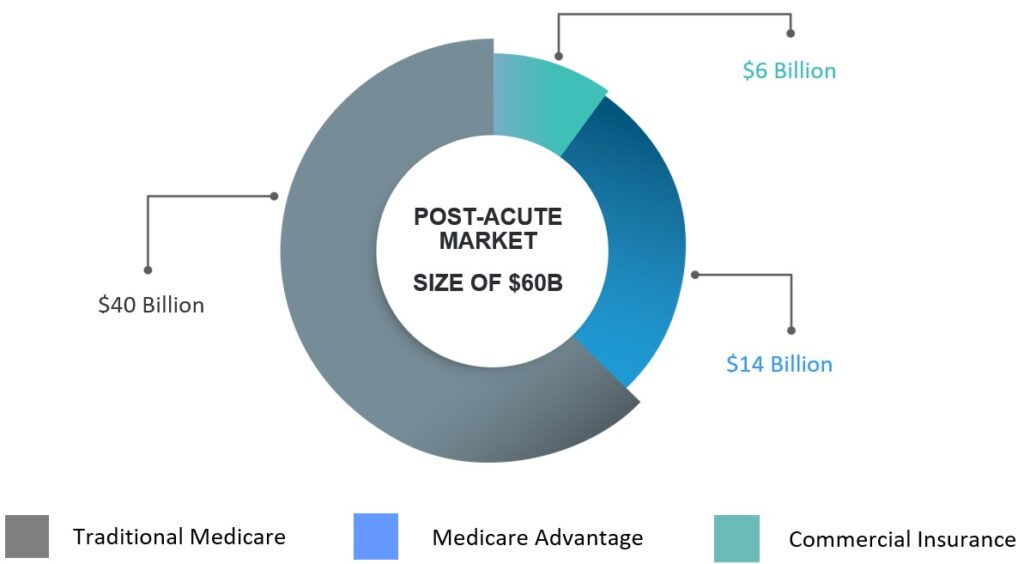Post-acute care (PAC) is a fast-growing segment of Medicare, and some conditions, Medicare spending on PAC nearly equals that of the initial hospitalization, with skilled nursing facility (SNF) PAC accounting for most of these trends. Approximately 40% of all hospitalized Medicare beneficiaries utilize PAC, accounting for 20% of the Medicare expenditures. The quality of SNF PAC is inconsistent across the country – significant regional variation, insufficient PT/OT delivery, high readmission rates, poor attention to whole-person care, and unsatisfactory patient experiences.

The financial stability of many integrated care programs is in a great degree contingent upon the company’s ability to interface with their local community. Health care is a local business; however, many group practices support third party payer programs and must manage high volumes of patients. Treating chronically ill patients and patients with a high access demand has historically required groups to dedicate significant clinical and non-clinical staff with little time for development of custom treatment plans which incorporate effective medical and diagnostic management protocol. Offering solutions for ensuring each patient is proactively assessed and a care plan developed, if needed, with medical professionals as an expansion of the clinical expertise of each affiliated medical professional is essential. Likewise, post-acute care at home models offers immediate cost savings for payers and at-risk provider organizations.
Patients today are finding care at home to be more rewarding and beneficial, not only to their physical health but their mental health as well. Payers are also finding the financial benefits of servicing chronically ill patients at home and the expanded availability of digital health care tools and programs, more and more patients are benefiting.


